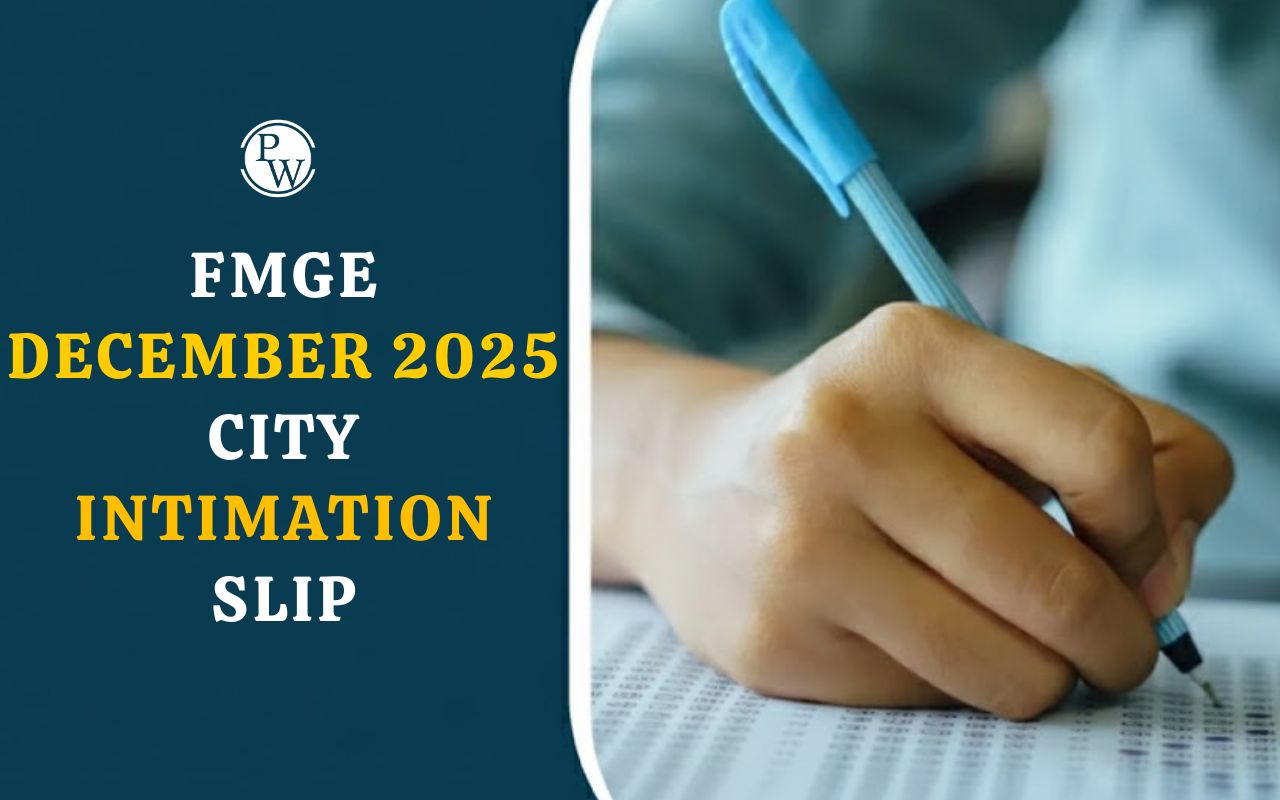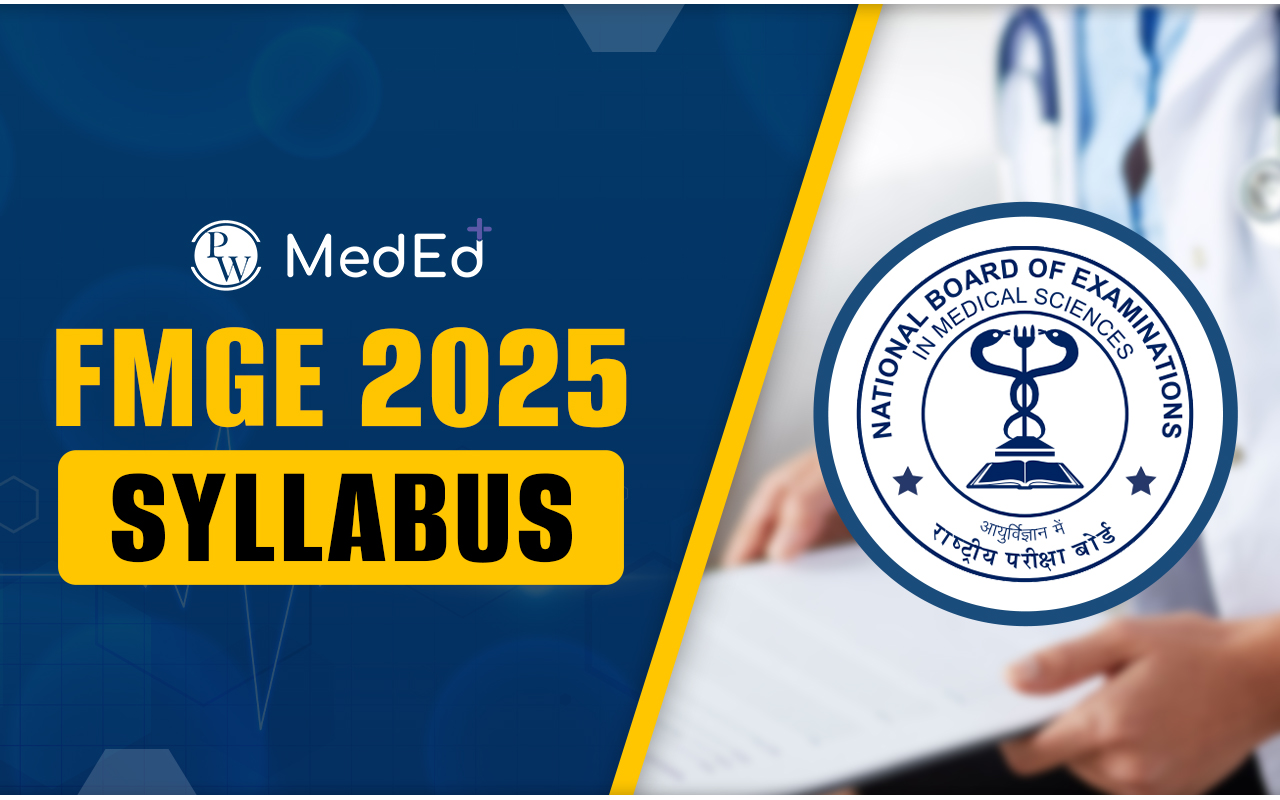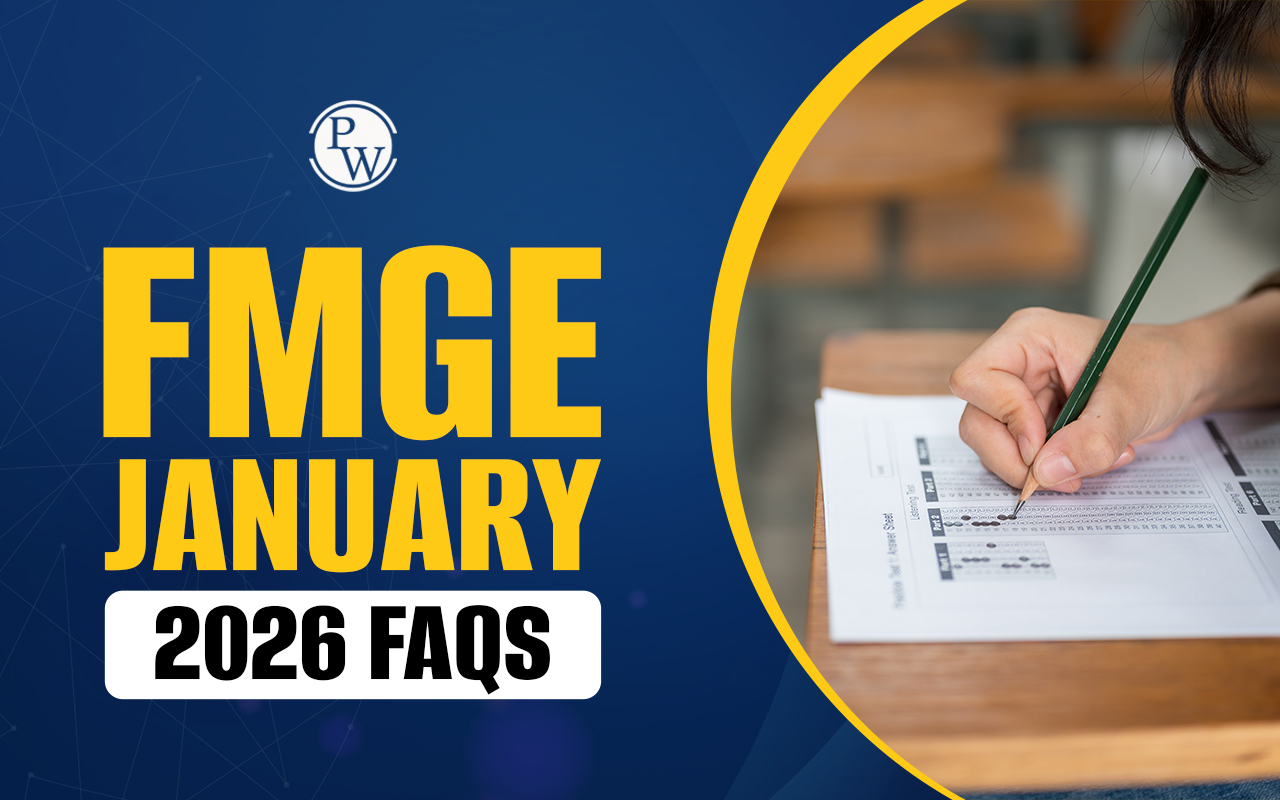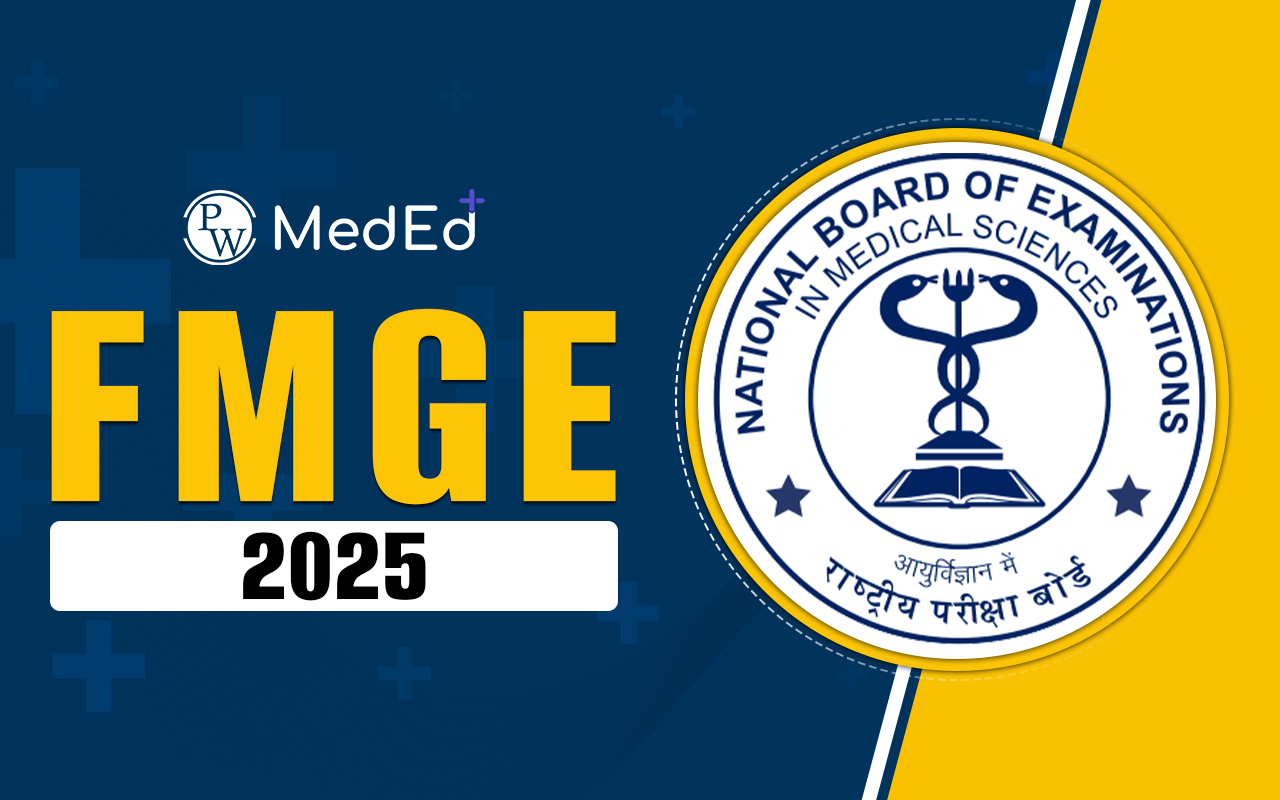
Ectropion, the outward turning of the lower eyelid, poses discomfort and vision concerns. This blog explores its causes, symptoms, and treatment approaches. Ectropion necessitates attention due to its potential complications, whether brought on by ageing, facial nerve damage, or other factors. Individuals can navigate this condition by understanding its underlying triggers and available remedies, from conservative measures to surgical interventions, with informed choices and an improved quality of life.
What is ectropion?
Ectropion is a condition where the lower eyelid turns outward. It is commonly seen in newborns with congenital harlequin-type ichthyosis, although it can also arise from any weakening of the lower eyelid's tissue. Surgical procedures are available to correct ectropion.How common is ectropion?
Ectropion is more common among older adults. About 2.9% of people who are 60 or older may experience it . However, it's less common among children and adults younger than 60.What are the causes of ectropion?
The causes of ectropion are varied and can affect individuals differently depending on underlying factors. Here are the few common causes of ectropion:- Age-related changes are the most common cause, where the muscles and tendons around the eye weaken over time, causing the eyelid to droop and turn outward. This form is known as involutional ectropion and predominantly affects older adults.
- Paralytic ectropion can result from facial paralysis, such as Bell's palsy, which impairs the muscle control required to maintain eyelid position. In such cases, the nerve damage prevents the eyelid from functioning normally, contributing to its outward turn.
- Scarring or previous surgical interventions on the eyelids can also lead to ectropion. Conditions like burns, trauma, or the aftereffects of surgical procedures may cause the eyelid to contract abnormally. Known as cicatricial ectropion , this condition can forcibly pull the eyelid outward.
- Eyelid growths or tumours, whether benign or malignant, can mechanically distort the eyelid's natural position by creating outward pressure, resulting in mechanical ectropion .
- In rare instances, ectropion can be congenital , present at birth, typically due to developmental issues, and possibly associated with genetic disorders like Down syndrome.
Symptoms of Ectropion
Ectropion, where the eyelid margin sags or turns outward, exposes the inner eyelid surface and leads to several symptoms . These symptoms can significantly impact daily life and eye health if not addressed promptly. Here are a few other common symptoms of ectropion:- Excessive Tearing: The eyelid malposition disrupts normal tear drainage, causing tears to overflow and constant eye-watering.
- Dryness and Irritation: With the inner eyelid exposed, there's increased vulnerability to environmental elements, making the eye prone to dryness and irritation. This can produce a gritty sensation as if something is in the eye.
- Chronic Conjunctivitis: The exposure and subsequent dryness can lead to recurrent conjunctivitis, characterised by eye redness, burning sensations, and discharge.
- Corneal Damage: Long-term exposure can lead to more severe issues like corneal abrasions or ulcers, risking permanent damage to vision if these conditions progress untreated.
- Vision Loss: In severe cases, continuous exposure and lack of proper lubrication can lead to deterioration in vision, potentially leading to partial or total vision loss.
Risk Factors of Ectropion
The following factors contribute to a heightened risk of developing ectropion:- Age : Muscle tissue naturally weakens as individuals age, particularly around the eyes. This age-related degeneration is the most prevalent cause of ectropion, as the muscles holding the eyelid snugly against the eye begin to relax.
- Previous Eye Surgeries : Individuals who have undergone surgeries on their eyelids are at an increased risk of developing ectropion. These surgical procedures can sometimes interfere with the natural position and function of the eyelids, leading to their outward turning.
- Previous Burns, Trauma, or Cancer : Those who have experienced burns, significant facial injuries, or have had cancerous lesions removed from their face are more susceptible to ectropion. These conditions can cause scarring and other changes in the skin's elasticity and structure, which can, in turn, affect the positioning of the eyelids.
Diagnosis of Ectropion
Ectropion is diagnosed through an eye care professional's detailed and comprehensive eye examination. During this exam, the doctor will assess the eyelids and the surrounding facial structure to identify the characteristic signs of ectropion, typically sagging or drooping of the lower eyelid. This diagnostic process involves several steps and tools:- Slit Lamp Examination: A slit lamp, which provides a magnified, three-dimensional view of the eye structures, is used to examine the extent to which the eyelid has turned outward. This instrument allows the doctor to observe the eyelid's detailed anatomy and assess the ectropion's severity.
- Physical Assessment of Eyelid Function: The doctor will evaluate the strength and functionality of the muscles around the eyelids. This includes checking for any laxity in the eyelid, which is a common cause of ectropion. The eyelids' ability to close entirely and their reflexes are also tested.
- Facial Nerve Function: Since facial nerve paralysis can cause ectropion, it is crucial to assess facial nerve function. This helps diagnose cases of paralytic ectropion, where the nerve that controls eyelid movement is impaired.
- Evaluation of Eyelid Skin and Surrounding Tissues: The doctor will check for any signs of scarring, previous surgical alterations, or abnormalities in the eyelid's skin that might contribute to ectropion. This includes looking for growths, tumours, or inflammatory conditions that could affect the eyelid's position.
- Corneal Assessment: Since ectropion can expose the cornea to damage, a thorough examination is performed to check for any signs of irritation, abrasion, or infection that might have resulted from the eyelid's abnormal position.
- Review of Medical History: The patient’s overall health, previous eye conditions, surgeries, and any history of facial trauma are reviewed to identify potential contributing factors to the development of ectropion.
Treatment of Ectropion
The treatment of ectropion, a condition where the eyelid turns outward away from the eye, is essential to prevent irritation, exposure, and potential damage to the eye's surface. Effective management strategies vary depending on the severity and underlying cause of the condition. Here’s a comprehensive overview of the treatment options available for ectropion:Initial Management:
- Lubrication : Patients often use artificial tears or ointments to moisten the eye and reduce irritation. This is especially helpful for mild cases and is typically the first approach to managing symptoms.
- Protective Measures : For night-time protection, the eye may need to be taped shut or covered with a moisture shield to prevent further exposure and damage.
Surgical Treatment:
- Minor surgery: This procedure may require ectropion due to ageing-related muscle relaxation to tighten the lower eyelid. This can help the eyelid rest appropriately against the eye.
- Complex Surgery: More complicated procedures might be required in cases where scar tissue, injury, or prior surgeries are the root causes of ectropion. These could include skin grafts from other body parts to support the ey elid.
- Additional Procedures : In severe cases, especially those involving facial paralysis or extensive scarring, multiple surgeries might be necessary to correct the ectropion fully.
Post-Surgical Care:
- P atients typically need to use antibiotic and steroid ointments on the eye for a week.
- Cold compresses can help reduce bruising and swelling post-surgery.
- The recovery might involve temporary swelling and bruising around the eye, with stitches usually removed about a week after the surgery.
- Ongoing use of eye lubricants may be recommended to manage symptoms related to tear instability or deficiency.
Ectropion FAQs
Can ectropion affect vision?
Severe cases may lead to blurred vision or corneal exposure, potentially affecting eyesight.
How is ectropion treated?
Treatment options range from lubricating eye drops to surgical correction, depending on the severity and underlying cause.
Is ectropion preventable?
While some cases are age-related and unavoidable, protecting the skin from sun damage may help prevent ectropion in some instances.
Can ectropion occur in children?
Although less common, congenital ectropion can occur in infants due to developmental abnormalities.
Are there any complications associated with untreated ectropion?
Untreated ectropion can lead to chronic eye irritation, infections, and potentially permanent damage to the cornea, affecting vision in the long term.
Talk to a counsellorHave doubts? Our support team will be happy to assist you!

Free Learning Resources
PW Books
Notes (Class 10-12)
PW Study Materials
Notes (Class 6-9)
Ncert Solutions
Govt Exams
Class 6th to 12th Online Courses
Govt Job Exams Courses
UPSC Coaching
Defence Exam Coaching
Gate Exam Coaching
Other Exams
Know about Physics Wallah
Physics Wallah is an Indian edtech platform that provides accessible & comprehensive learning experiences to students from Class 6th to postgraduate level. We also provide extensive NCERT solutions, sample paper, NEET, JEE Mains, BITSAT previous year papers & more such resources to students. Physics Wallah also caters to over 3.5 million registered students and over 78 lakh+ Youtube subscribers with 4.8 rating on its app.
We Stand Out because
We provide students with intensive courses with India’s qualified & experienced faculties & mentors. PW strives to make the learning experience comprehensive and accessible for students of all sections of society. We believe in empowering every single student who couldn't dream of a good career in engineering and medical field earlier.
Our Key Focus Areas
Physics Wallah's main focus is to make the learning experience as economical as possible for all students. With our affordable courses like Lakshya, Udaan and Arjuna and many others, we have been able to provide a platform for lakhs of aspirants. From providing Chemistry, Maths, Physics formula to giving e-books of eminent authors like RD Sharma, RS Aggarwal and Lakhmir Singh, PW focuses on every single student's need for preparation.
What Makes Us Different
Physics Wallah strives to develop a comprehensive pedagogical structure for students, where they get a state-of-the-art learning experience with study material and resources. Apart from catering students preparing for JEE Mains and NEET, PW also provides study material for each state board like Uttar Pradesh, Bihar, and others
Copyright © 2025 Physicswallah Limited All rights reserved.









